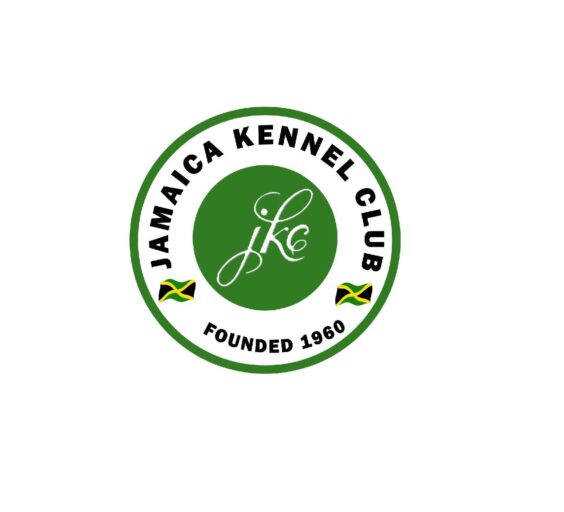- (876) 810-1888
- admin@jakennelclub.com
- 11a Eastwood Avenue, Kingston
Dog Training
Jamaica Kennel Club
Why Train Your Dog
Dogs, by nature, are pack animals with a well-defined social order. As you and your family become your dog’s pack, your new dog will look to you – the leader of the pack – for guidance.
Leadership can be established in a firm but friendly manner. Keep in mind that it is unrealistic to expect the dog to abide by the rules of the household without the leader teaching appropriate behaviour.
Much like people, every dog is different. Some are hyperactive, some are laid-back, others are serious and yet others are silly. Some are shy, and others have too much confidence. Regardless of these differences, training is necessary for all dogs and beneficial to your entire family.
Types of Training Classes
Puppy Class – A developmental training course for the 3-to-5-months old puppy. A puppy class emphasizes socialization with people and other puppies. Instructors usually offer information on growth, nutrition, grooming, housebreaking and problem-solving and teach basic household commands.
An un-socialized puppy is likely to fear some people or situations. Fearful reactions are too often related to biting.
Remember that before the puppy has its second shot, the puppy’s immunity won’t be as strong. Exposure to only vaccinated dogs at this time is highly recommended.
Basic Class – A basic training course for dogs 5-to-6 months and older, aimed at training you to train your dog. The basic class emphasizes the essential training commands needed to make a dog a good companion: heel on a loose leash, sit, stand, down, stay in position, and come when called
Instructors also usually provide information on nutrition, grooming and problem-solving. This basic training is important in keeping your dog safe.
Competition Obedience Trials – Consider taking obedience training with your dog to a whole new level. Enter the world of JKC obedience and help your dog realize its full potential by competing in obedience trials and earning obedience competition titles.
JKC obedience trials demonstrate the usefulness of the dog as a companion to man. Obedience trials showcase dogs that have been trained and conditioned to behave well in the home, in public places, and in the presence of other dogs. JKC trials and tests allow exhibitors and their dogs to enjoy companionship and competition as they proudly earn JKC titles.
Levels of Obedience
Beginner
Novice
Intermediate
Advanced
Tools
Collar – Flat collars are commonly used in non-correction-based training methods. They are typically made of nylon or leather, and fasten with a buckle or quick-release connection.
Correction collars include slip collars, and prong collars. Slip collars (commonly called choke chains or choke collars) are made of metal links or rolled material such as nylon or leather. A metal ring is at each end.
Historically, slip collars have been used as a matter of course, and some trainers still recommend them for basic training on any dog. Correctly used, the collar should make a quick popping or zipping sound to startle the dog and then be quickly released.
Make sure to get the correct size to fit your puppy or dog, not too short and not too long.
Prong collars (also called pinch collars) are made of metal links which have prongs on the inside of the collar.
The use of these collars is not recommended and then only by experienced individuals. If used incorrectly, more harm can be done to the animal however, it is thought that they may actually be less damaging than a slip collar as they apply more even pressure around the dog’s neck.
Leash – The leash is used to connect the dog to the handler. They may be made of any used in training classes. Do not use a material such as nylon or leather. A six foot length is commonly al chain as a leash, it is very uncomfortable and may be dangerous for both you and your dog if it becomes entangled with the body.
